
Chronic Stress and the Lymphatic System: What Really Happens
Stress triggers the sympathetic nervous system, also known as fight-or-flight mode. In short bursts, this response is helpful. But when stress becomes chronic, the body remains stuck in a heightened state of tension—and several things start to impede healthy lymph flow.

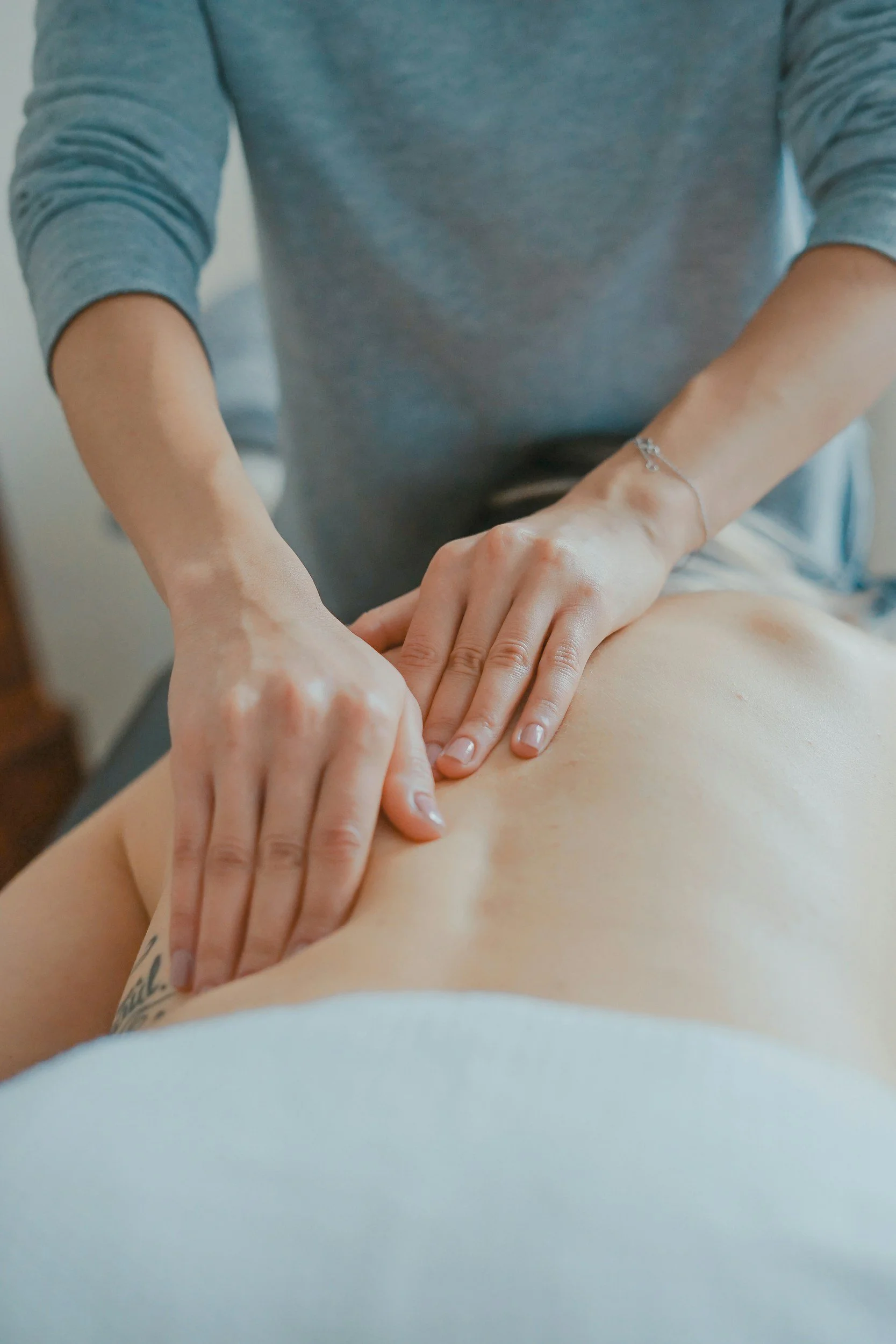
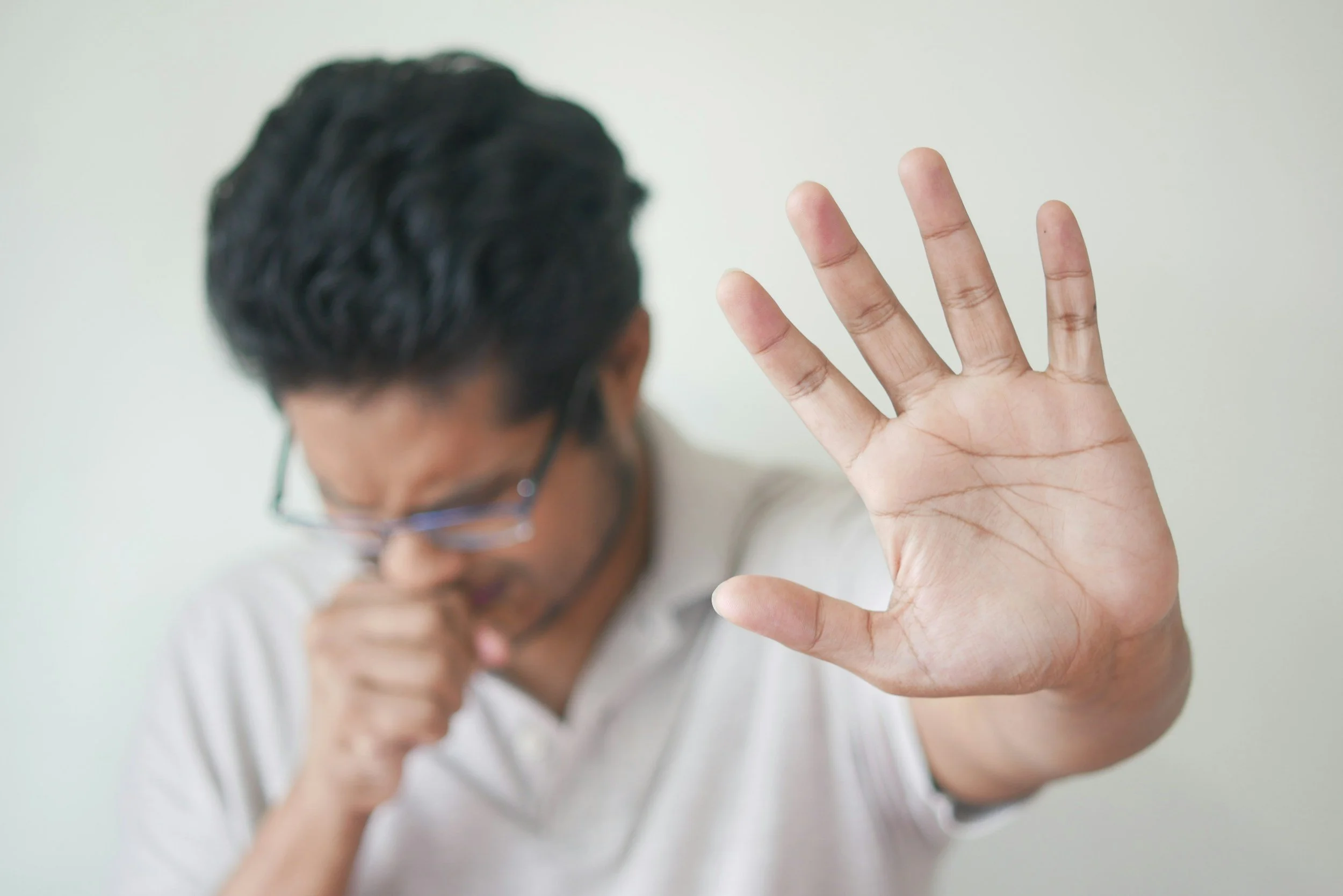
What Does Massage Do for Your Immune System?
As the weather cools and the holiday season approaches, our immune systems are put to the test. Between stress, busy schedules, and less sleep, it’s no wonder many people find themselves catching colds or feeling run down this time of year. While most of us know that massage helps with muscle tension and relaxation, you might be surprised to learn that it also supports your body’s natural defense system — your immune system. Let’s look at how massage therapy helps you stay healthy from the inside out.
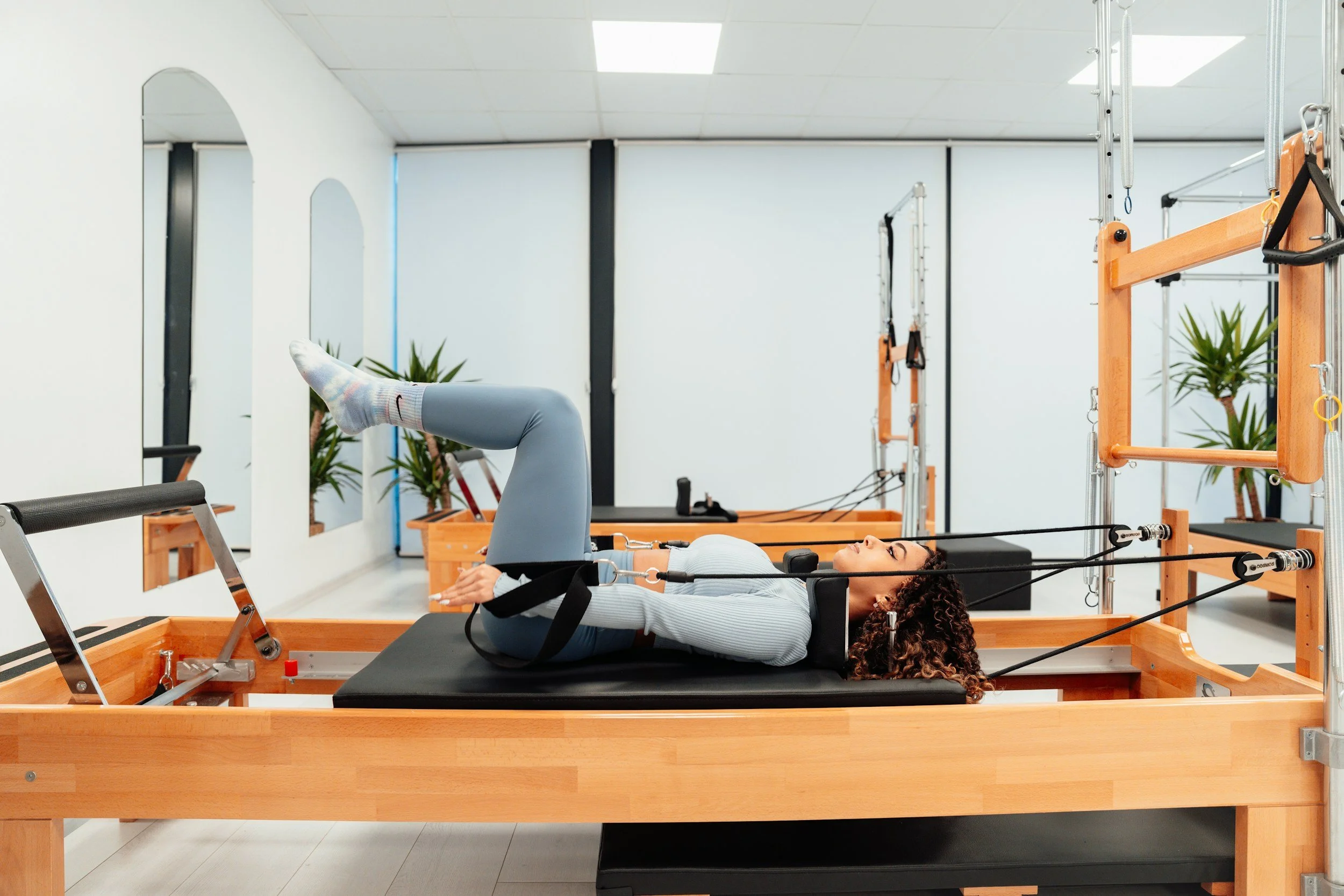
Posture, Movement, and Muscle Balance: Why Alignment Matters in Every Workout
When it comes to exercise, most people focus on how much they move—how many reps, how long they run, or how heavy they lift. But how well you move matters just as much. Good posture and proper alignment aren’t just about looking graceful—they’re the foundation for strength, mobility, and injury prevention. Whether you’re lifting weights, doing Pilates, or going for a walk, alignment shapes the way your muscles fire, your joints move, and your body feels.


Massage Therapy & Posture: How Bodywork Supports Spinal Alignment
Posture is more than how you look when you stand or sit—it’s the physical expression of balance, strength, and alignment throughout your entire body. Over time, daily habits, stress, and repetitive movements can pull your spine out of its ideal position, leaving muscles overworked in some areas and underused in others. Massage therapy offers a powerful way to restore balance, relieve tension, and support the natural alignment of your spine.

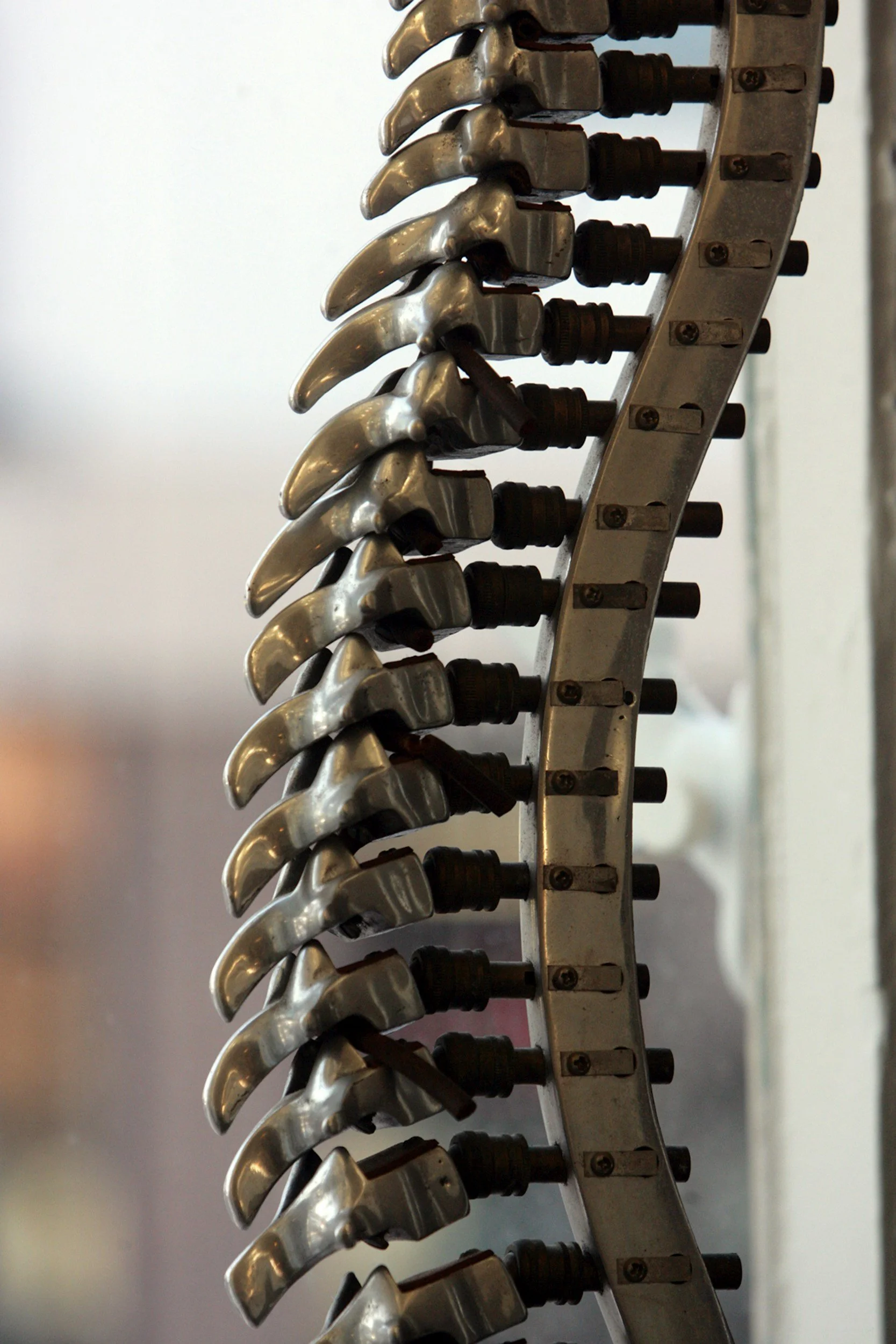
The Spine & Your Health: Why Posture Matters More Than You Think
When most people hear the word “posture,” they think about standing up straight to look confident or avoiding the dreaded slouch. But posture is much more than how you carry yourself—it’s the foundation of your health. Your spine doesn’t just hold you upright; it protects your nervous system, supports every movement, and influences how the rest of your body functions.
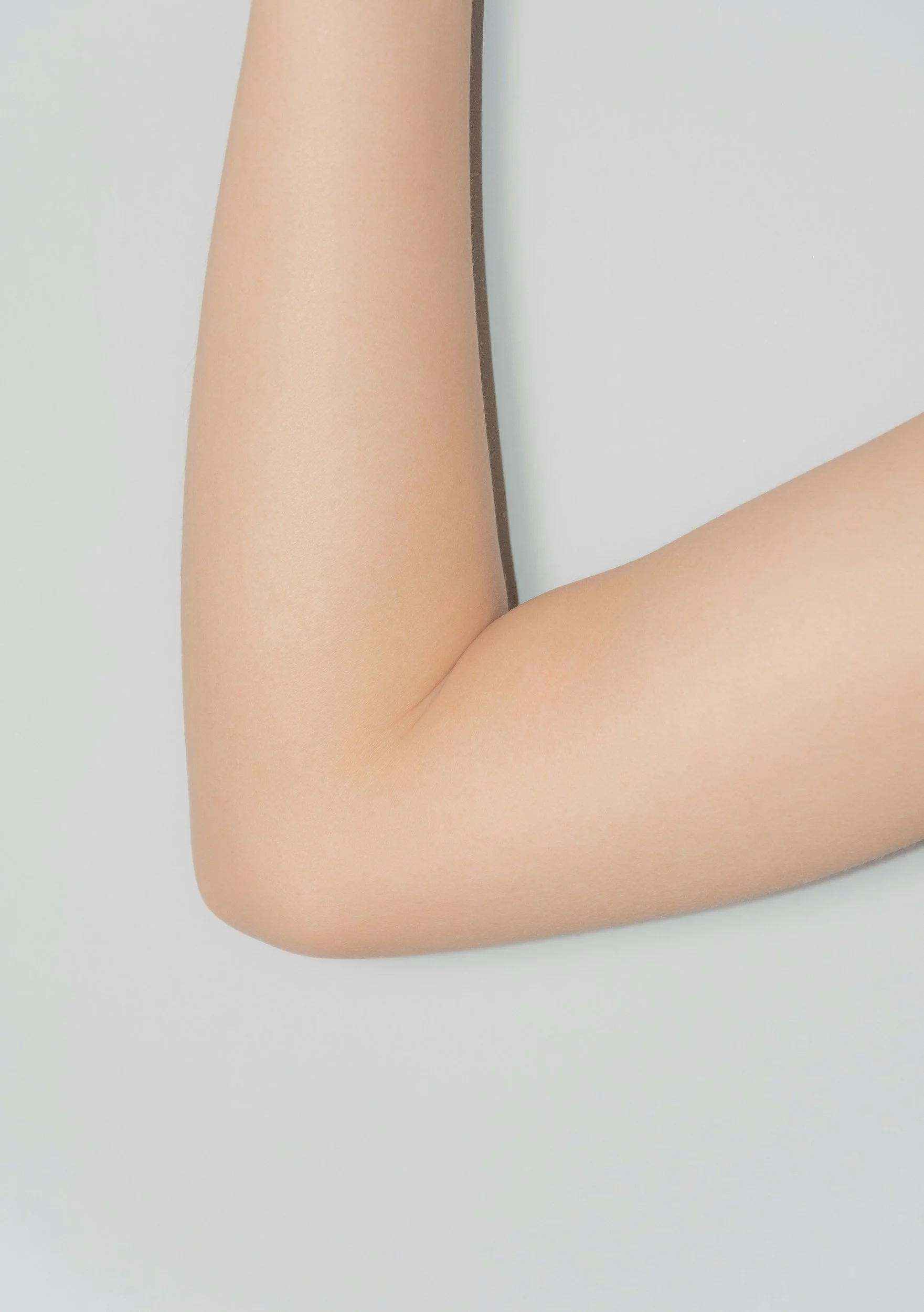

Neck Tension, Breathing, and the Nervous System: A Hidden Link
Most people think of neck tension as a result of bad posture, stress, or long hours at the computer. While these factors certainly play a role, there’s a deeper connection many overlook: the way neck tension influences breathing—and, in turn, the nervous system. Understanding this hidden link can open the door to new ways of relieving discomfort and improving overall wellbeing.

Why Neck & Shoulder Pain Is So Common—And What You Can Do About It
If you’re like most people, you’ve probably experienced neck or shoulder pain at some point. Maybe it’s a dull ache after a long day at your desk, a sharp twinge when you turn your head, or tension that creeps up into your jaw and temples. You’re not alone—neck and shoulder discomfort is one of the most common complaints we see in our massage therapy clinic.
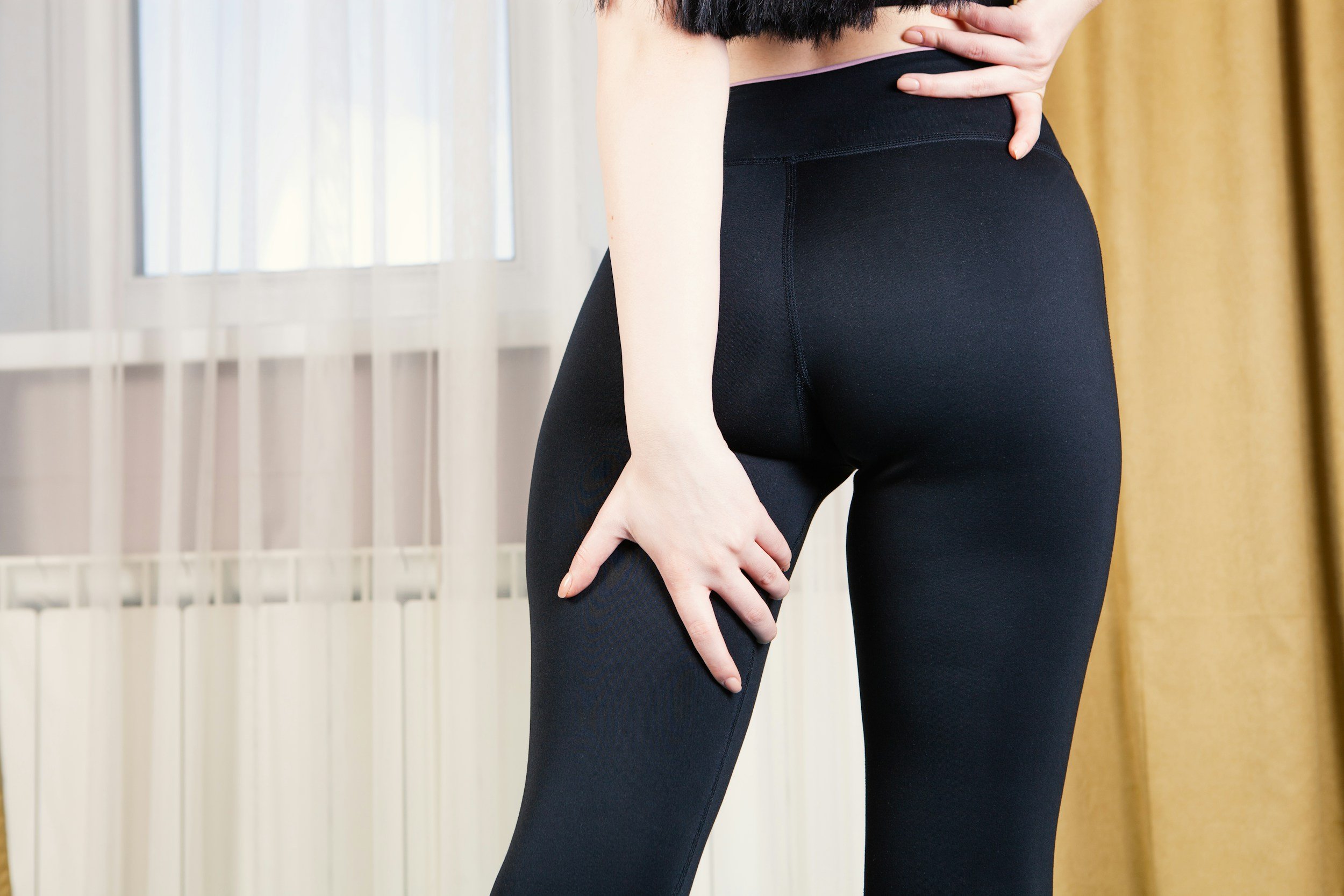
Stop Sciatica in Its Tracks: Causes, Symptoms, and Solutions
Sciatica is one of the most common—and often misunderstood—causes of low back and leg pain. If you've ever experienced sharp, shooting pain down your leg or a deep ache in your lower back that just won’t quit, you might be dealing with sciatica.

The Top 5 Causes of Low Back Pain (and How to Address Each One)
Low back pain is one of the most common reasons people miss work, limit physical activity, or seek medical care. It affects up to 80% of adults at some point in their lives—and it doesn’t discriminate. Whether you're a desk worker, an athlete, a parent, or someone who stands all day, low back pain can disrupt your quality of life. Fortunately, with the right combination of massage therapy, targeted exercise, and mindful movement practices like Pilates, many people can find lasting relief.

Understanding Hip Bursitis: Symptoms, Causes, and Natural Relief
If you’ve been experiencing aching pain on the outside of your hip—especially when walking, lying on your side, or climbing stairs—you might be dealing with a condition called hip bursitis. It’s one of the most common causes of hip discomfort and can affect people of all ages, especially those who are active or spend long hours sitting or standing. The good news? With the right care—including movement, lifestyle changes, and massage therapy—most cases of hip bursitis can be managed naturally and effectively.

Hip Replacements: Why They're on the Rise and How Massage Can Help You Recover
Hip replacement surgery has become one of the most common orthopedic procedures in the United States—and the numbers are steadily increasing. Whether you or someone you know is facing hip replacement surgery, understanding the trends and knowing how to support recovery can make a big difference in outcomes.

Piriformis Syndrome vs. Sciatica: What’s Really Causing Your Hip Pain?
Hip pain can be frustrating, limiting, and—let’s be honest—confusing. One day it’s a dull ache, the next a sharp, shooting pain down the leg. If you’ve ever been told you have sciatica or piriformis syndrome, you might be wondering: what’s the difference? And more importantly, how do you find relief?
Let’s break it down in simple terms so you can better understand what’s really going on—and how therapeutic massage and bodywork can help.

Healthy Hips for Life: How to Prevent Injury, Stay Mobile, and Feel Better at Every Age
Our hips play a powerful role in how we move through life—literally. From walking and sitting to climbing stairs and working out, healthy hips are essential for stability, balance, and overall mobility. Yet, hip pain and dysfunction are incredibly common, especially as we age. The good news? With the right movement habits and supportive therapies like massage, we can protect and preserve hip health long before a problem arises.

Why Your Knees Hurt After Sitting—and What You Can Do About It
Have you ever stood up after a long drive or a few hours at your desk and felt like your knees were stiff, sore, or even aching? You’re not alone. Knee discomfort after prolonged sitting is incredibly common, and it doesn’t just affect older adults or athletes—it can happen to anyone.
At our therapeutic massage and wellness clinic, we see this issue regularly. The good news? With the right awareness and a few supportive habits, you can relieve this discomfort and even prevent it from happening in the first place.

Runners: Is Your Knee Pain Patellofemoral or IT Band Syndrome?
Knee pain can be frustrating, especially when it interferes with your ability to move, exercise, or simply enjoy your day. Two of the most common knee issues we see in active clients are Patellofemoral Pain Syndrome (PFPS) and Iliotibial Band Syndrome (ITBS). While they may sound similar, they affect different parts of the knee and have unique causes and treatment approaches.